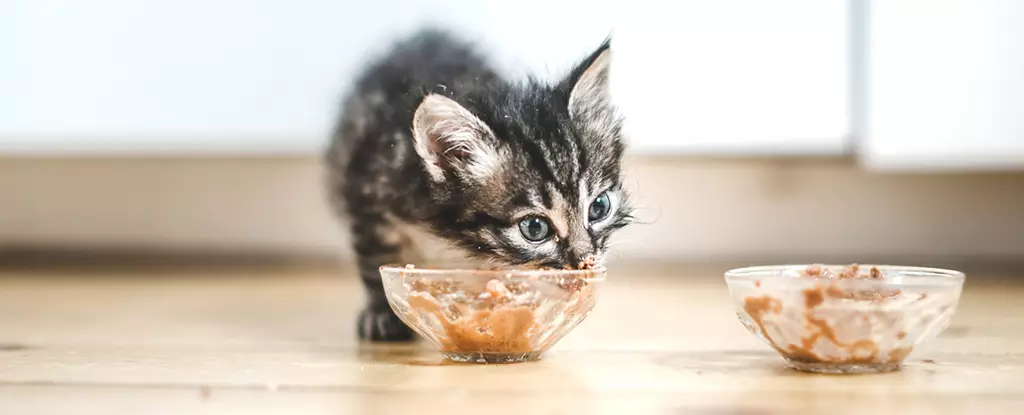The recent outbreak of H5N1 bird flu among cats in Los Angeles County underscores the urgent need for pet owners to reassess the feeding practices of their feline companions. The tragic loss of at least six cats and the illness of several others highlight a growing concern about the transmission of avian influenza through raw pet food and dairy products. This article aims to examine the implications of these incidents and provide guidance on how to protect pets from potential health risks associated with H5N1 and similar pathogens.
Historically, H5N1 primarily affects birds, particularly wild and domestic poultry. However, its zoonotic potential— the ability to infect different species—has raised alarms in veterinary and public health circles. In a series of unfortunate events, two separate households in Los Angeles County lost multiple cats after the pets consumed commercially available raw food products contaminated with the H5N1 virus. Specifically, a brand named Monarch Raw Pet Food was found to harbor live H5N1 virus particles, prompting health officials to advise consumers to dispose of this product immediately.
In another poignant case, a single-cat household experienced acute illness diagnosed as H5N1. Investigations pointed to raw pet food as a common denominator, emphasizing potential risks for indoor cats who typically do not have contact with wildlife. Such a situation raises crucial questions about the safety of raw pet diets, particularly when they involve poultry or dairy items.
The sudden onset of severe illness among the affected cats paints a dire picture for pet owners. Symptoms included respiratory distress, lethargy, and gastrointestinal issues. In some cases, euthanasia was deemed the humane solution, a heartbreaking decision for any animal lover. Cats demonstrating these symptoms should be evaluated immediately by a veterinarian capable of testing for H5N1, especially if owners suspect exposure to raw foods linked to infected products.
Though the immediate threat of H5N1 appears localized, the wider implications cannot be overstated. As the virus has been observed in various animal populations— including mammals like deer and farmed beef cattle— the likelihood of it evolving to infect humans remains a concern. While current evidence suggests a low risk of human transmission, the prospect of cross-species infections presents a potential public health challenge, particularly for those with close animal interactions.
Given these developments, there are several actions that pet owners can take to mitigate risk. First and foremost, it is critical to avoid feeding pets raw meat, poultry, and unpasteurized dairy. The practice of feeding raw diets has gained popularity in recent years, often marketed as healthier, but it comes with significant risks, not only from H5N1 but also from other bacteria such as Salmonella and E. coli.
Education is another important tool in this situation. Pet owners should actively monitor food recalls, particularly those associated with animal products. The FDA’s Recalls, Market Withdrawals, and Safety Alerts portal provides valuable information to keep animal lovers informed about potentially hazardous products.
Moreover, awareness of the symptoms of bird flu is vital for timely intervention. Any signs of illness such as fever, rapid decline in appetite, lethargy, or neurological symptoms should prompt immediate veterinary attention.
Beyond individual actions, the community must also recognize its role in managing this emerging threat. Collaboration between pet owners, veterinarians, and public health officials is essential to curb the potential spread of H5N1. Regular testing of commercial pet food products and stringent safety regulations can significantly reduce the incidence of contamination.
Furthermore, the agricultural sector should strengthen biosecurity measures, especially concerning poultry and dairy farms. Increased vigilance at all levels can potentially limit the cross-contamination of products, aiming to preserve not just animal health but also public safety.
The recent spread of H5N1 among domestic cats in Los Angeles serves as a critical reminder of the interconnectedness of animal and human health. While the immediate risk remains low, the alarming deaths and illnesses among cats advocate for a more cautious approach to pet care. By adjusting dietary practices, staying informed, and advocating for stronger safety policies, pet owners can protect their beloved companions and contribute to the broader public health effort against avian influenza.


Leave a Reply